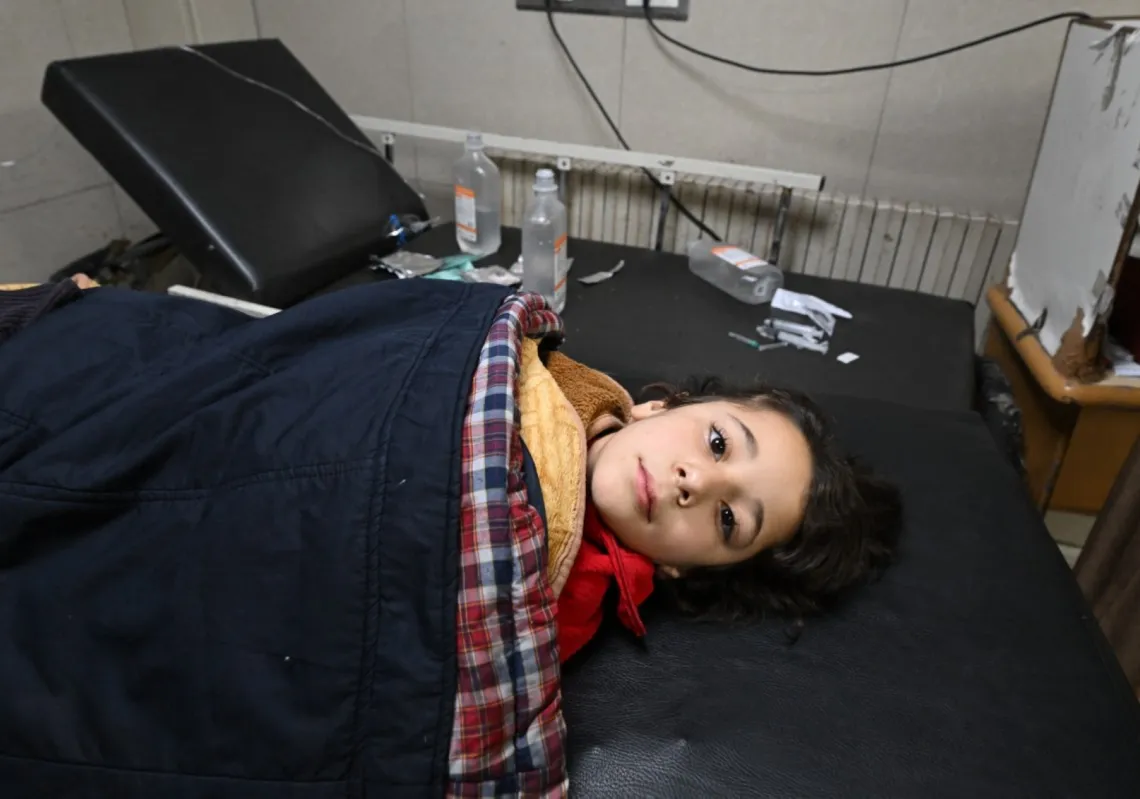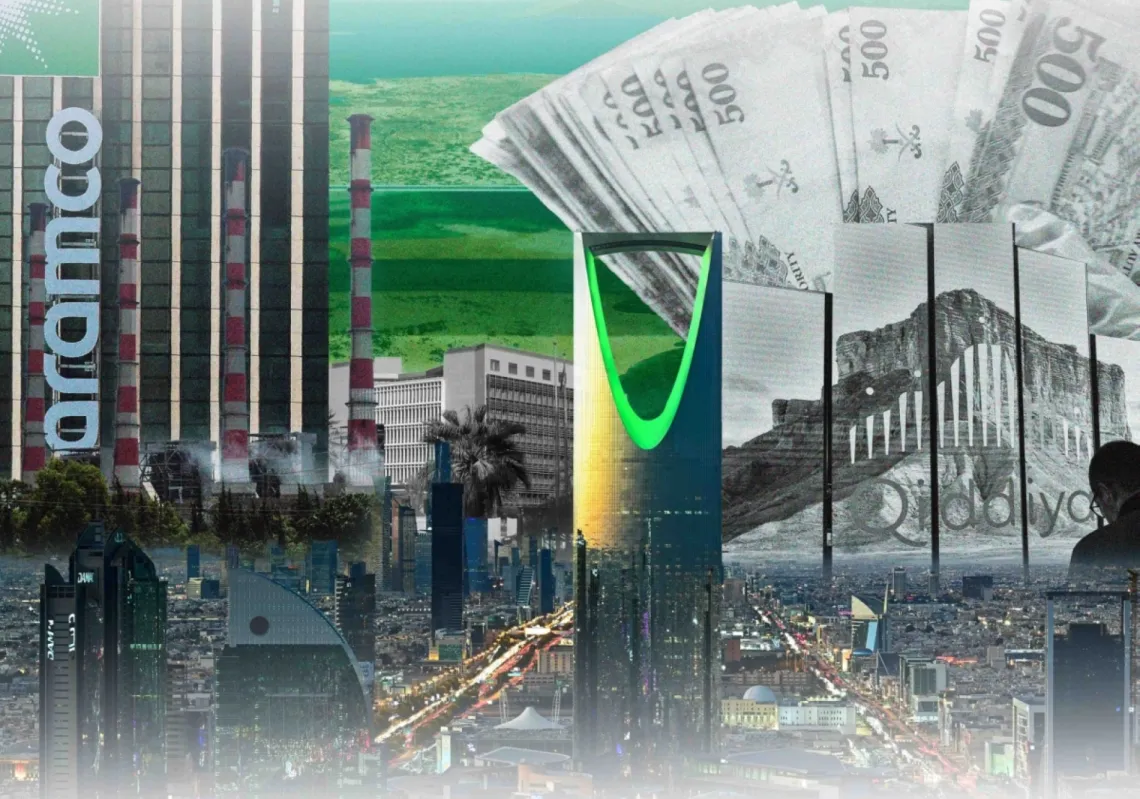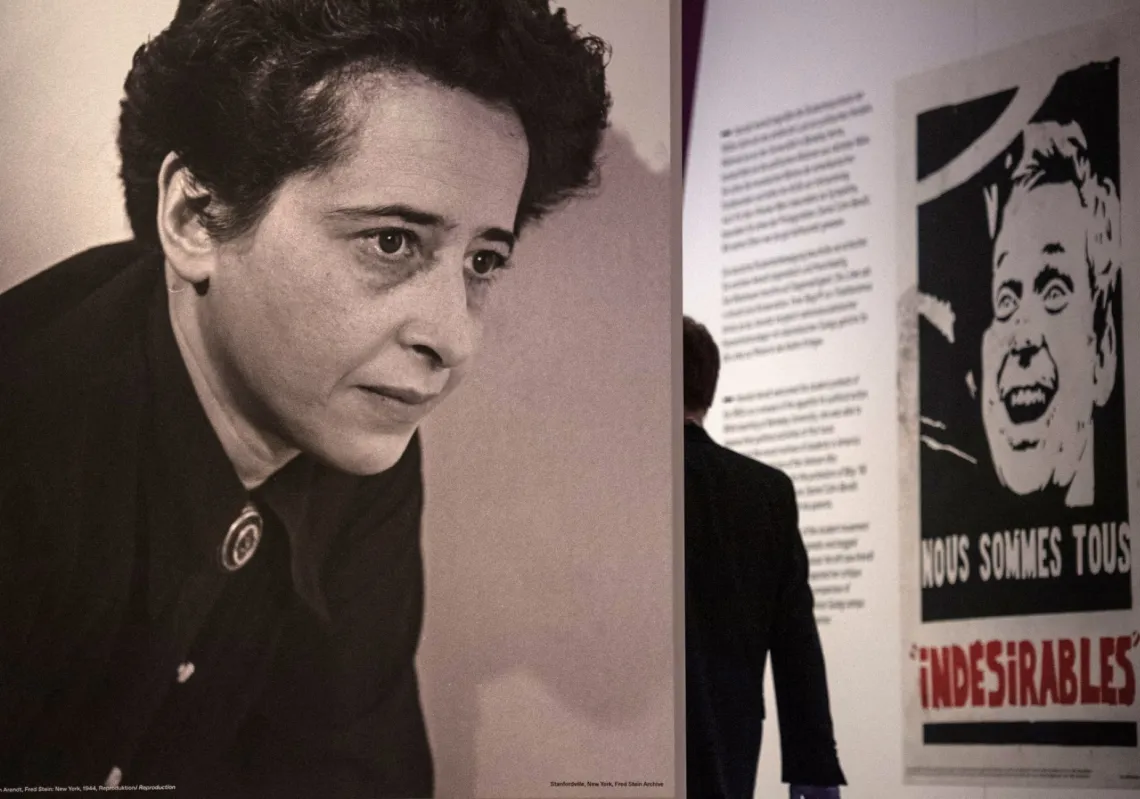The allure of living in tents has always stirred our romantic sentiments. In movie scenes, picturesque snapshots, and novels, they are a tempting metaphor for an adventure in the embrace of the wilderness or on the shores of the blue sea — the backdrop of a content family exploring enchanting destinations or enjoying natural wonders.
Some even like to take their camping experience to the next level, erecting their tents in snow-cloaked landscapes or the sprawling embrace of enchanting deserts with ever-shifting day and night climates.
Life under the tent as a deliberate choice serves as a nostalgic nod to primitivity, a dance with one's own essence, away from the intricacies of modern living with its constant hum and insatiable demands.
There’s a unique romance — an echo of humanity’s past — like an 'antique' brushstroke, adding a special hue to the canvas of life.
Yet this 'antique' cannot blend easily into the everyday of contemporary living, what with the extraordinary leaps of progress in every aspect of our evolving world.
Temporary refuge
For most of us, living in a tent is a temporary escape in which we trade in the luxuries of modern life for a compact space equipped with only the humblest essentials.
Sure, we might have some smart gadgets in our camping arsenal, but overall, camp life is closer to primitive human needs and desires. There's even some trickery involved – a rather pleasant one, though – in the adaptation to what the place can offer to sustain the bare necessities of life.
It's a deliberate choice made not by coercion or unforeseen circumstances but by a personal whim to momentarily give in to the allure of this simpler way of life.














